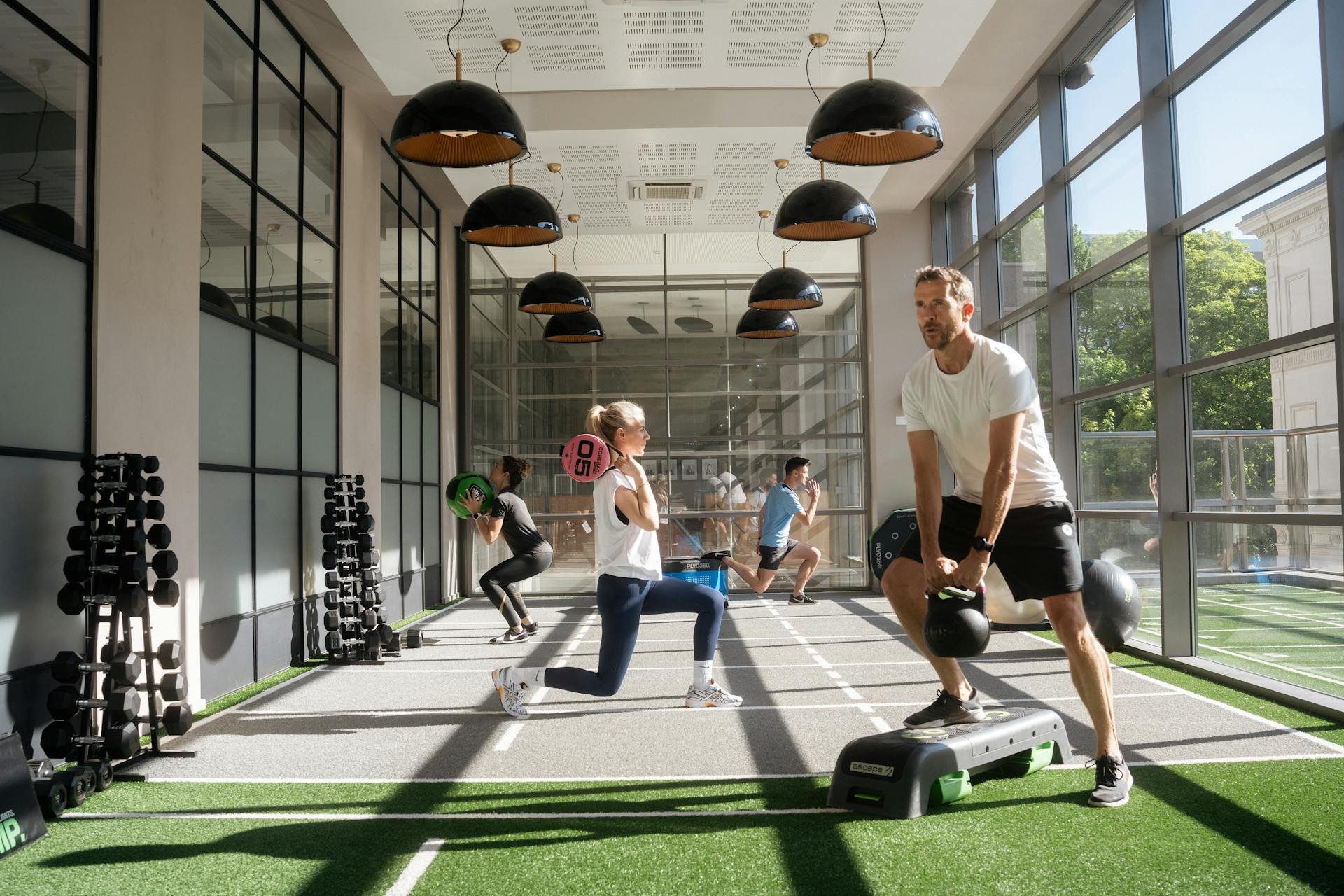News Blast Hub
Stay updated with the latest news and insights.
Functional Training: The Secret Sauce for Everyday Strength
Unlock everyday strength with functional training! Discover the secret sauce to boost your fitness and transform your daily life.
What is Functional Training and How Does It Improve Everyday Strength?
Functional training refers to a type of exercise that prepares your body for real-life movements and activities. Unlike traditional weightlifting that often isolates specific muscles, functional training focuses on compound movements that engage multiple muscles and joints simultaneously. This approach enhances overall coordination, balance, and flexibility, making it more applicable to daily tasks, such as lifting groceries or performing household chores. By mimicking everyday actions, functional training helps individuals develop strength that translates seamlessly into their routines.
One of the primary benefits of functional training is its ability to improve everyday strength. This strength is crucial for maintaining an active lifestyle, especially as we age. For example, exercises like squats, lunges, and push-ups not only build muscle but also enhance core stability and postural alignment. As a result, individuals find that they can perform everyday activities with greater ease and reduced risk of injury. Incorporating functional training into your workout regimen can lead to improved physical performance, increased energy levels, and overall better quality of life.

Top 5 Functional Training Exercises for Real-World Strength Gains
When it comes to enhancing your strength for daily activities, incorporating functional training exercises into your routine is essential. These exercises mimic real-life movements, engaging multiple muscle groups to boost overall stamina and coordination. Here are the top 5 functional training exercises that can help you achieve real-world strength gains:
- Squats: A fundamental exercise that targets the legs and core, squats enhance your ability to perform tasks like lifting and sitting.
- Deadlifts: This powerful move builds strength in your back, hips, and legs, mimicking the act of lifting heavy objects from the ground.
- Push-Ups: Engaging the chest, shoulders, and triceps, push-ups improve your upper body strength for pushing movements.
- Lunges: Lunges promote balance and coordination while strengthening your legs and glutes, essential for walking and running.
- Planks: By engaging your core, planks develop stability and strength, which is crucial for almost every movement you make.
How to Incorporate Functional Training into Your Daily Routine
Functional training is an effective way to improve your overall fitness by emphasizing exercises that mimic everyday activities. To incorporate it into your daily routine, start by identifying everyday movements you perform regularly, such as squatting, lifting, and pushing. Once you have these movements in mind, integrate functional exercises into your warm-up or cooldown phases during workouts. For instance, try including bodyweight squats or lunges during your morning stretch or even while watching TV in the evening. This not only optimizes your workouts but also makes them more applicable to your daily life.
Another effective strategy is to create a functional training circuit that you can do at home or in the gym. Start with simple exercises such as push-ups, planks, and kettlebell swings. You can structure your routine using a numbered list format:
- Warm-up: 5-10 minutes of light cardio
- Squats: 3 sets of 10-15 reps
- Push-ups: 3 sets of 8-12 reps
- Planks: 3 sets, holding for 30 seconds to 1 minute
- Kettlebell swings: 3 sets of 10-15 reps
Incorporating these exercises regularly will not only enhance your physical performance but also prepare you for everyday tasks!